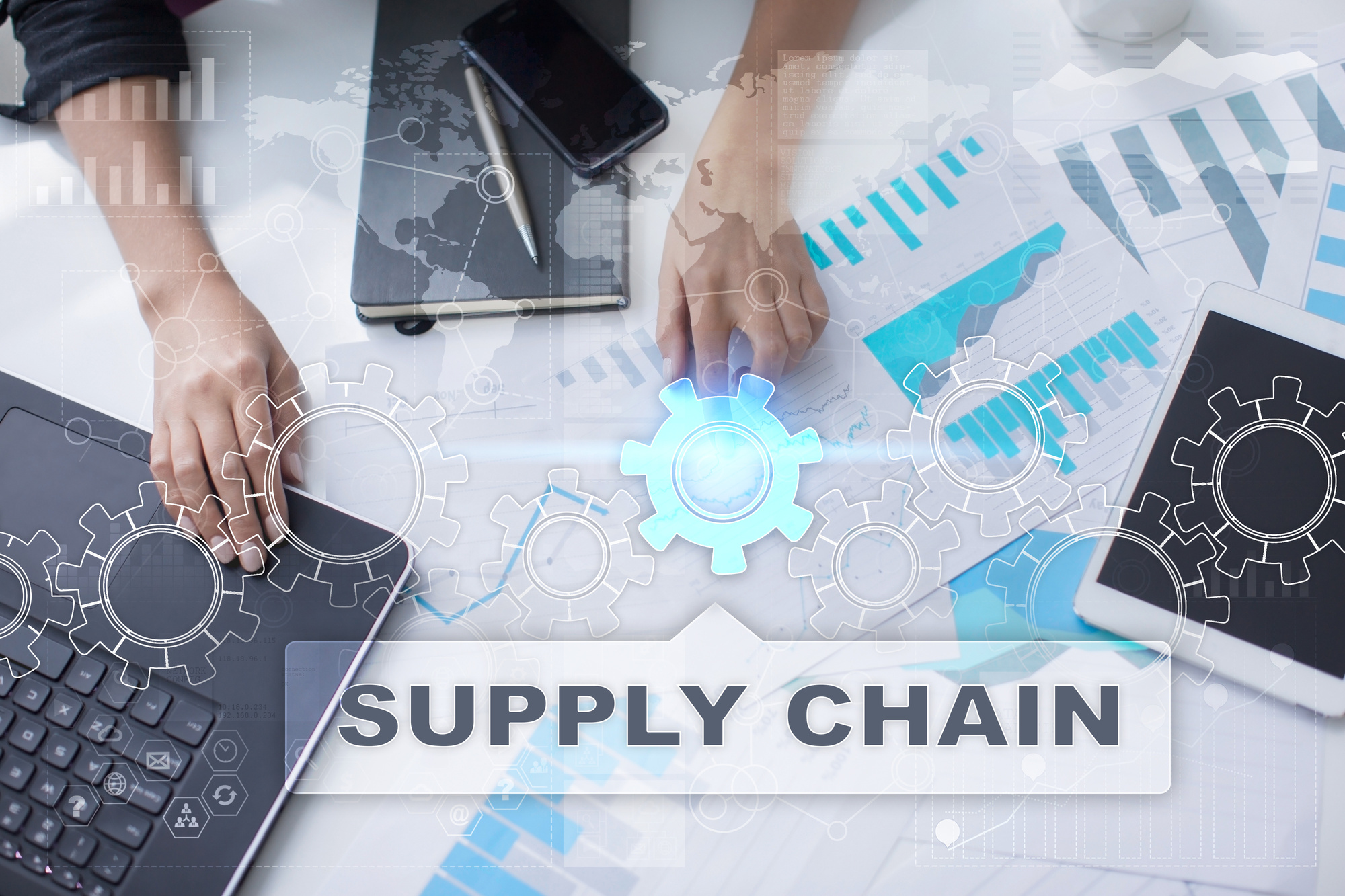
COVID-19 is a shocking reminder of how fragile a supply chain can be. This pandemic is also a fantastic opportunity because it’s shown us what works and what doesn’t. (COVID is also showing us who works and who doesn’t.)
So, if you’re looking for a replacement supplier, what should you be looking for in their supply chain? Keep reading to learn how to get the parts you need.
Look for Strong Forecasting Skills
Forecasting is an art form. You and your supplier need strong analytics skills, excellent market awareness, and the capacity to meet demand.
Forecasting allows you to predict the market and back stock efficiently without wasting your money. Tier one suppliers for car manufacturers are great at this.
If you order parts too soon, they’ll gather dust and become hard to find. Order parts too late, then they’ll be absent when you need them. If your supplier falls short in any of these aspects, they won’t always supply you with materials when you need them.
To find a company that forecasts well, ask your supplier’s clients how they’ve worked in the past. Does this supplier use a “load and chase” strategy where they ship reactively instead of proactively? If they do, that supplier won’t have a robust forecasting skill set (or fall short in another area).
How Much Inventory Do You Need?
Inventory isn’t so much a consideration for the manufacturing company as it is for you. In a worst-case scenario, how much material can you stock, and can your supplier rise to meet those requirements if you need to stock up? Primarily focus on low-volume parts that might become bottlenecks if you run out of them.
Also, consider building up your backstock if a just-in-time style of shipping from your supplier fails. Look through the manufacturer’s procedures and think about how long their products will last. Stock up on what you can and, if everything goes wrong, only order materials that perish.
If you have the right kinds of backstock as insurance, then you’re making your company more flexible by anticipating the supply chain instead of reacting to it.
A Stable Supply Chain Depends on Stable Relationships
Consider a car manufacturing plant. The manufacturing plant will need molded plastics for their doors and interiors. Their suppliers almost always specialize in plastic molding in general, making them a tier two supplier.
If the car manufacturing plant and the supplier have a good relationship, and if the car company wants to branch out into other markets, the plastics company will most likely follow them into that field. They’ve just created a new, stable supply chain.
This kind of stable supply chain transfer is what makes good supplier relationships so valuable when sourcing original equipment manufactured parts.
Market Awareness Is Crucial
Keeping pace with the market is your job and the job of your suppliers. Keeping tabs on what’s available on the market is essential to all kinds of operations. That information will inform your forecasting, back stocking, and supplier relationships.
Track and anticipate the way that technology grows in your industry and adapt to changing situations. Then make conversations about the changing market a regular thing between you and your suppliers.
Stability Takes Practice
If your supply chain isn’t stable right away, don’t get too down. Work hard on them and your supply chains will improve. Remember to follow this guide if you need help.
And, if you’d like to begin talking about helping your supply chain along to stability, reach out to see how we can help.
